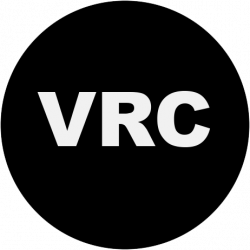The Smart Museum of Art received a grant from the Gaylord and Dorothy Donnelley Foundation to greatly expand access and preservation of its collection of Chicago Imagist works on paper. The Smart was able to mount, conserve, and/or photograph 437 works, add 407 new images to their online collections database, expand 51 artwork texts (which can be now viewed in the online catalog records) and interview 3 artists.
The interviews with artists Barbara Rossi, Suellen Rocca, and Karl Wirsum are available online through the Smart’s Vimeo channel (and also on an iPad in the Joan and Robert Feitler Gallery for Contemporary Art through August 2014).
To view the newly added images in the Smart’s collections website, the best way to search is by artist name. After completing the grant work, the following Imagist artists are represented on their website:
Roger Brown, Art Green, Philip Hanson, Gladys Nilsson, Jim Nutt, Ed Paschke, Suellen Rocca, Barbara Rossi, Karl Wirsum, Don Baum, and the Hairy Who.
If you’re in the area, be sure to visit the current exhibition at the Smart, State of Mind and sister show Bridging California and Chicago which features Chicago Imagist works.

